.jpg)
Migraine In Children
Migraine attacks in children:

Migraine is a neurological condition that is usually characterized by a severe headache, typically on one side of the head. The attacks are normally periodic, and affect up to 12% of the United States population. Though most migraine sufferers are adults, a significant minority of children experience the attacks too, with cases reported in children as young as 18 months.
It is particularly concerning when children have to cope with migraines, as the pain is often described as “unbearable”. The first migraine attack usually occurs before the teenage years. Typically, at a younger age, boys experience more attacks than girls. However, this trend changes after puberty, with girls experiencing a higher rate of migraines.
A migraine attack can be accompanied by an aura, named a classical migraine. Some migraines are common migraines, which do not feature the aura. Migraine headaches, a type of severe headaches felt on one side of the head, can happen at any time and with varying regularity; most symptoms are highly individual amongst children and adolescents. A migraine headache can last anywhere between a few hours to a few days, or even a week. Treatment of childhood migraine consists of us controlling the symptoms and avoiding triggers. Many children that experience migraine will continue to experience them during their adult years.2
You don’t have to go into the details, as that may end up confusing them. Have an open conversation and explain to them in simple, understandable, and relatable terms. For example, you can liken your migraine attack to the pain that they feel when they take ice cream too fast, or like a headache that won’t go away. Kids are smarter than we give them credit for, once they understand your condition, they will know how to behave when the attack starts.
Headache and Migraine Variants:
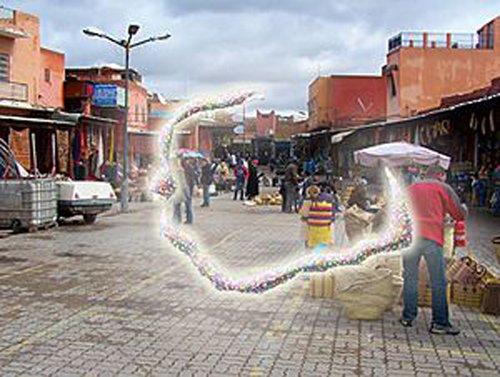

There are two basic migraine variants – migraine with aura (classical migraine), and migraine without an aura (common migraine). A child may not know the difference, but a trusted family member can educate the child so that they can adequately describe any tension-type headaches.
What is an aura? The aura is a phase preceding a migraine headache. It is a sensory disturbance followed by flashing lights, blind spots, and other vision impairments before a migraine. Other symptoms include tingling in the hands, face, or other body parts, as well as photophobia (sensitivity to light), phonophobia (sensitivity to sound), nausea, and difficulty talking. Many migraine symptoms appear during the aura phase of the attack. The headache can appear as soon as 15-30 minutes after the aura phase starts. However, the aura phase usually lasts no more than 60 minutes.
Studies have been done on the relationship between auras and migraines, and research on the timings of the aura has provided insights on the migraine condition and treatment. About 10% of children with migraines experience the classical migraine, and around 70% experience common migraines.
Migraines attacks can also be divided into two types: chronic and acute.
Chronic migraine is one of the most disabling types of migraine. The migraines are considered to be chronic if there are 15 or more days with a headache per month. The treatment of chronic migraines addresses risk factors to prevent future attacks, as well as alleviating pain with medication. Chronic migraines hit about 1% of the migraine sufferers, and the pain is often highly disabling for chronic suffers.
Acute migraine can be divided into low frequency and high-frequency migraine types. These two types vary in how often the migraine appears. Low-frequency migraines appear less than 10 times a month and high-frequency migraines appear between 10 and 14 times a month.
The exact cause of migraine attacks and tension-type headaches is still unknown. Some scientists have postulated that it may be due to changes in blood vessels in the brain. Migraine pain is linked to changes in blood vessels, but newer reports suggest that neurological discrepancies in the brain may cause it.

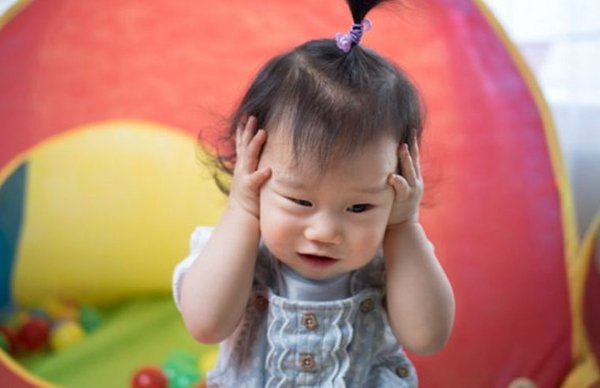
While the actual cause may be unknown, predisposition to migraines can be passed down from parent to child. Thus, family history is a potential vector in migraine triggers. Parents also find it difficult to balance their own migraine conditions and parenting. In a survey conducted 42.4% respondents declared that one of their parents suffers from migraine and 7.4% respondents declared that both parents experienced them. There is a 75% likelihood of a child experiencing migraine headaches when both parents of the child are also migraine sufferers. The probability decreases to 50% when only one parent is involved.
Triggers of migraine headaches in children
General migraine triggers are similar in a child and an adult. Some common migraine triggers are:

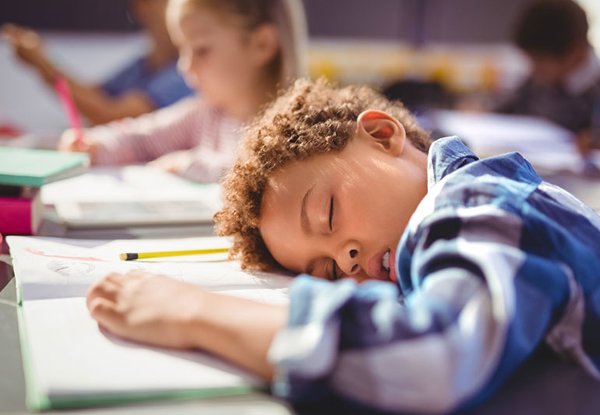

• Stress
• Hormones
• Poor sleep regimen
• Environmental changes like changes in the weather
• Medications
• Exhaustion
• Bright lights
• Loud noise
• Skipping meals
• Caffeine
• Heat
• Some foods
For children and adolescents, a migraine attack can be caused by certain foods. Those foods commonly are:



• Onions
• Nuts and peanut butter
• Dairy products like milk, yogurt, and cheese
• Chocolate
• Fruits like avocado, banana, and citrus fruits
• Processed, fermented, pickled, and marinated foods
• Foods with tyramine like smoked fish, figs, beans, chicken livers, and aged cheese
• Some meats that contain nitrates like bacon, salami, cured meats, and hot dogs
Symptoms of migraine attacks in children:
Migraine in children and adults have similar symptoms. However, children experience shorter and less severe attacks as compared to adults. The duration of the attacks in children and adolescents is typically around one hour to three days, while adults can suffer for up to a week.
The prevalent symptoms may include:


• Pain on one side of the head or both sides of the head
• Nausea, vomiting
• Increased sensitivity to light and sound
• Stomach pains
• Fatigue
Infants and toddlers may present migraines with periodic head movements, while preschool children might look ill, vomit, be unnaturally fatigued or experience abdominal paint. Small children self-soothe headache pain differently – they will rock themselves, cry, look for a quiet environment and be constantly irritable.
Elementary school children – aged 5 to 10, will experience migraine symptoms of nausea, vomiting, photophobia (sensitivity to light), phonophobia, needing to sleep, tearing, thirst, edema, increased urination and diarrhea, excessive sweating, abdominal pain, and cramping. The migraine pain is usually bifrontal, retro-orbital, or bitemporal.
As for the older children and teens – they will likely experience stronger migraine attacks. It is also likely that the character of the migraine will shift to become more similar to an adult’s migraine – it may present with throbbing and pulsating pain, or shift to one side of the head (unilateral positioning).
Barriers to diagnosing migraine headaches in children

Migraine headaches in children are more challenging to manage than in adults because there are barriers in both diagnosis and treatment. Some of the migraine diagnostic barriers are:
1. Variations in symptoms:
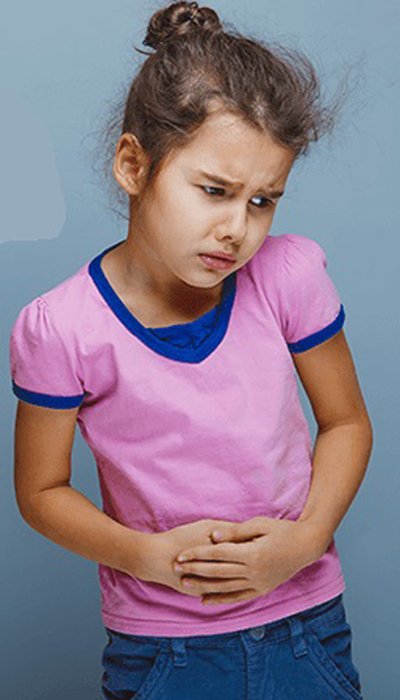
The most typical symptoms of migraine attacks include headaches, nausea, vomiting, and abdominal pain. However, some children do not exhibit all the symptoms, or exhibit other less common migraine symptoms. It is difficult for doctors and parents to know if migraines are responsible for the child’s pain, or if it is another condition.
2. Inability to express themselves :

Children are often unable to express themselves or their pain in terms that adults can understand. They are likely to simply cry or hide, or may become unable to speak if they are experiencing a migraine with an aura (classical migraine). As adults, it is difficult to properly manage or help the children as they simply cannot communicate their needs.
3. Many children may downplay the attacks :
Many children have very little understanding about migraine headaches. They may not realise that their condition is out of the norm. Furthermore, some children cope with pain well. These children prefer to ride out their attack, and may not highlight their headaches to their parents. Without feedback from children, it becomes difficult for parents to manage and diagnose the situation.
4. Underlying medical conditions:
Several medical conditions are responsible for headaches and stomachaches. Stomach pain, in particular, frequently occurs in children, especially when they have conditions like Irritable Bowel Syndrome or peptic ulcers. It makes it difficult to ascertain if the pain experienced is due to a migraine attack or other migraine variants.
Diagnosis
There is no test that confirms the existence of migraine, but the doctor can diagnose migraine successfully after an examination. A follow-up exam should be done if the child’s headaches seem to get worse, if the headache lasts for more than two days, if it wakes the child up during the night, or if the headache hurts the child’s school performance and social life. A follow-up exam is essential if the patient experiences serious symptoms like abnormal vital signs, papilledema, cutaneous lesions, cranial nerve abnormalities, nuchal rigidity, cognitive changes, and macrocephaly. If the child does have any of these symptoms, it could be a sign of an underlying disease.
For a child to get a migraine condition diagnosis and subsequent health care benefits, laboratory and imaging studies are not required. However, the doctor may still recommend that the child undertake some studies to exclude any other disorders. The investigative studies used could be:
Neuroimaging studies
For children with chronic headaches, a study like this can rule out any other neurological disorders. Neuroimaging studies are especially important if the child is younger than 4 and the headache progresses over time, changes drastically or if the doctor’s physical findings suggest papilledema or neurologic deficits.
Electroencephalography

This study is exclusively done for patients that experience atypical migraine or a migraine with aura, periodic loss of consciousness, symptoms suggestive of a seizure disorder, and patients that have had recent head trauma.
Lumbar puncture
A lumbar puncture is extremely uncomfortable, so it is done very rarely on a child. Doctors may suggest a lumbar puncture if they suspect encephalitis, meningitis or subarachnoid hemorrhage.
How migraine affect children’s lives
Migraine headaches may affect a child’s life significantly if not correctly handled. Some key aspects it may affect are:
1. Education:

Children may have to absent themselves from school, especially if they are frequently experiencing migraines. The pain also detracts from their attention span and ability to work in class, negatively affecting their studies.
2. Mental health:
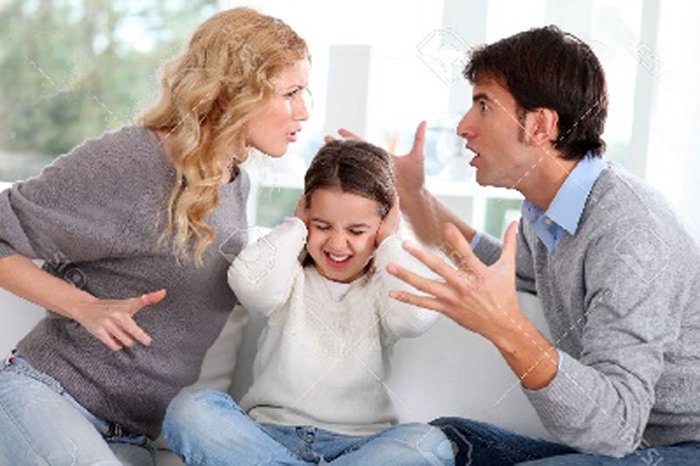
Many children are ignorant of the migraine condition. Constant and chronic pain negatively affects mental health in children as they are unable to manage the condition properly. It thus falls on the parent to equip their children with healthy coping mechanisms to prevent self-blame, shame and mood changes.
3. Relationships:
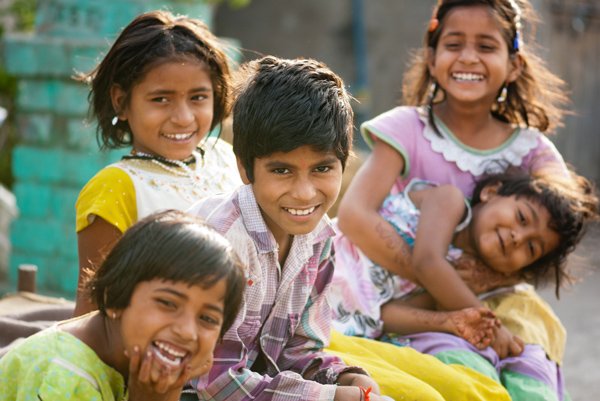
Chronic migraines can be extremely disabling, and the stigma attached to a “chronically ill” child will negatively affect their interpersonal relationships. This is especially damaging to children, as they are only just learning to make social ties with their friends. Teens may also feel ashamed at their inability to participate in school life like the rest of their cohort, which creates a feeling of isolation and negatively affects their mental health. Talking about migraines and educating the child’s social circle will help create a support system for the child and restore their relationships.
Managing migraine headaches in kids
The attacks need to be appropriately managed to prevent them from ruining childhood for the child.
See a doctor for a diagnosis:
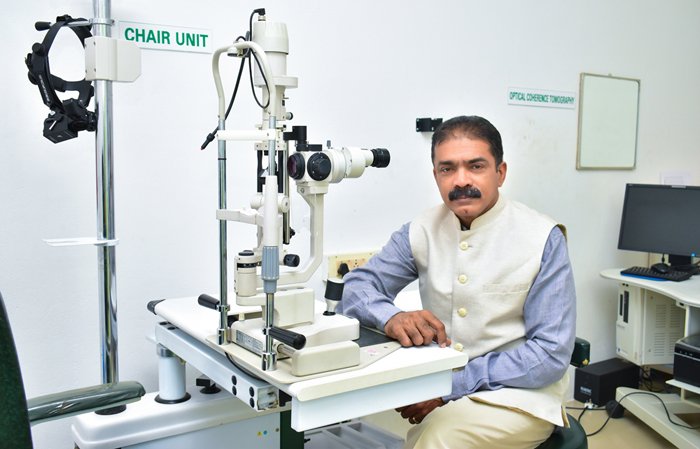
Getting a diagnosis is vital to overcoming the attacks. Seeing a doctor can rule out other underlying conditions as migraines are often symptoms of other diseases too. When the migraine is medically certified, the child can then claim special accommodations in their lives, which may help their quality of life significantly.
Be responsible with their medications:
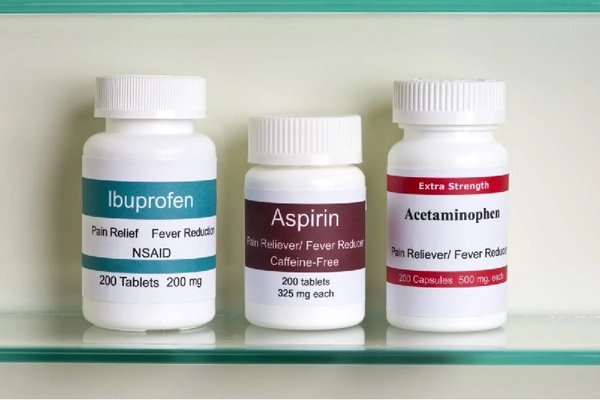
Keep medications out of reach of children and treat them as instructed by the doctor. Moreover, give the child pain medication right when the headache starts, to significantly ease their symptoms. Children can also be given over the counter pain medications, like paracetamol and ibuprofen for head pain or abdominal pain.
Ensure the kids have a proper lifestyle:
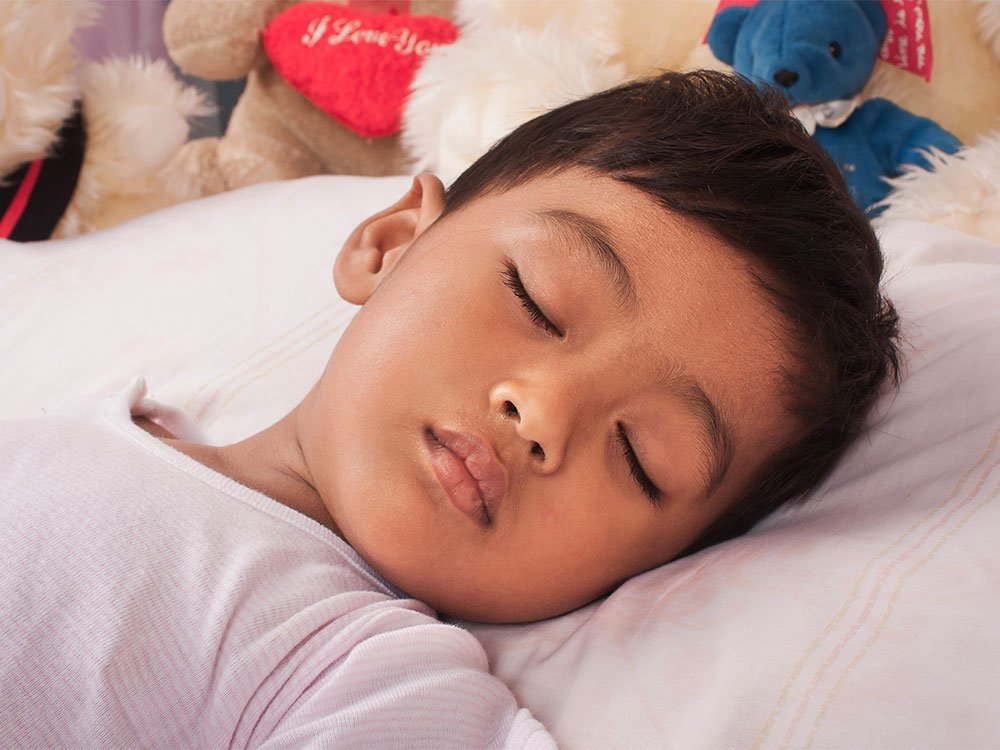
Enforce a healthy lifestyle with a good diet and proper sleeping habits. Parents should also know their children’s triggers and avoid those as much as possible. A Migraine Buddy tip is to ensure that children are always properly hydrated, as it can may help in easing migraine pains.
Keep a headache diary:
1.jpg)
A diary tracks migraine attacks and possible triggers. The diary should contain when the headache started, how long it lasted, how bad was it from 1 to 10, where did it hurt (on both or one side of the head), any other symptoms, what seemed to trigger the headache, bedtime the night before, and was school missed because of the headache. The Migraine has all these features and more, and is well regarded as the top in tracking all things migraine.
Preventing migraines:
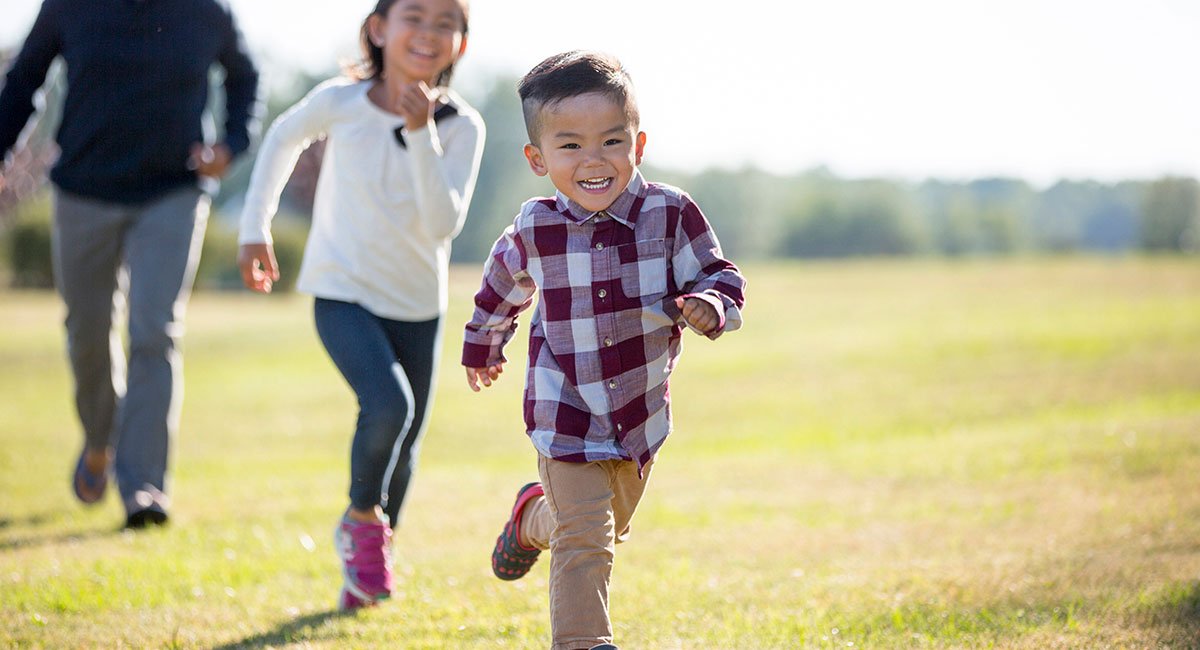
Preventing migraines is the best cure for them. Migraine can help identify possible triggers of the migraine and how to avoid them. Besides eating a healthy diet, regular exercise also releases endorphins, which is a natural painkiller. However, prevention is highly individual and varied. Some may avoid loud noises and some may prefer to abstain from caffeine. Children should try various types of prevention until they find something that help prevent pain.
Causes of migraines are still unknown, though modern studies are uncovering more conclusive results. Most treatments help manage symptoms, not the cause. Avoiding triggers and managing pain may help make living with migraines easier for us.
Acute treatment:
Acute treatment consists of treating each migraine when it occurs before returning to regular activities. The basic goal of acute treatment is to ease the symptoms so that people can return to normal activities. Acute treatment takes around 30 minutes to 2 hours. Parents should have medication on hand to treat their children’s migraine attacks. Most commonly, the medications given by the doctors may include ibuprofen, paracetamol, antiemetics for nausea and vomiting, tricyclic antidepressants and antiepileptic drugs. If all available remedies fail, the child should be taken into the emergency room.
There are two categories of child migraine sufferers: those who go into the ER on their first migraine attack, and those who have a migraine diagnosis but are now suffering a higher intensity migraine. Both categories need a thorough examination to confirm the condition.
Chronic treatment:

As a chronic illness, migraines may require long-term therapy. This includes prevention and management of symptoms, headaches and triggers, such as a healthy lifestyle with proper nutrition and exercise. This restrictive lifestyle can be emotionally draining for children and possibly affect emotional development. A child whose life is affected drastically by migraine mitigation would benefit from regularly seeing a therapist until they are better equipped to manage their mental health.
.jpg)
1.jpg)
{{r.reply}}
Your comment was submitted for review. It will start display once it was approved by Admin
Comments